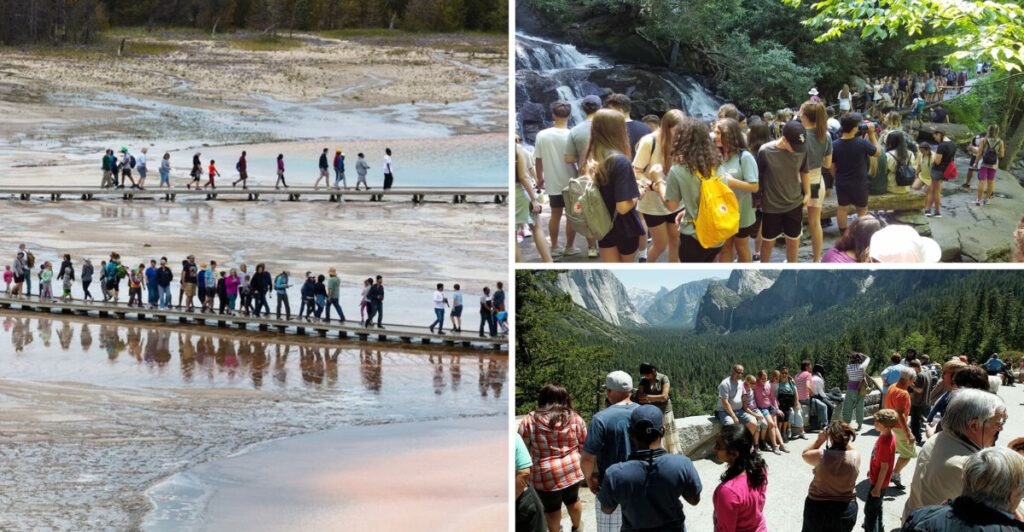America’s most beloved national parks are facing a crisis that threatens their very existence. Millions of visitors flock to these natural wonders each year, but the overwhelming crowds are causing serious damage to delicate ecosystems. Rangers across the country are sounding the alarm about trails being destroyed, wildlife being disturbed, and pristine landscapes being trampled beyond repair.
Yosemite National Park, California
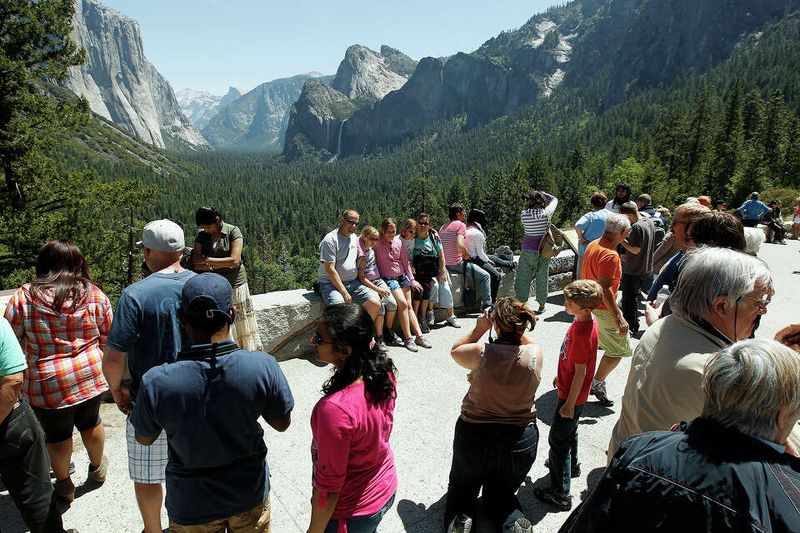
Traffic jams in paradise sound impossible, but Yosemite proves otherwise. Cars crawl bumper-to-bumper through valleys that should echo with bird songs, not honking horns.
Popular spots like Tunnel View and Glacier Point become human zoos where photographers elbow for space. The park’s fragile meadows suffer as visitors create unofficial trails and camping spots.
Rangers report that overcrowding has led to increased littering, wildlife harassment, and erosion damage that takes decades to heal naturally.
Great Smoky Mountains National Park, Tennessee/North Carolina
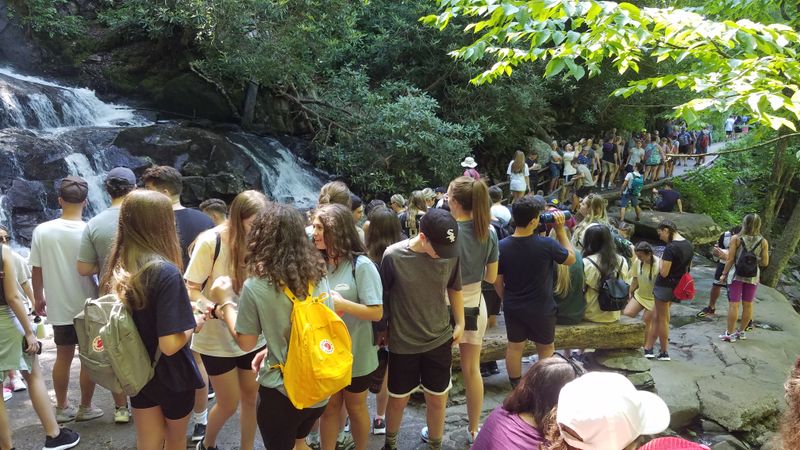
America’s most visited national park draws over 12 million people annually, creating a perfect storm of environmental stress. Parking lots overflow while hikers form conga lines on popular trails like Cataract Falls.
Black bears, once wild and wary, now associate humans with food sources. This dangerous relationship leads to aggressive encounters and ultimately bear relocations or deaths.
Native wildflowers disappear as visitors step off designated paths for selfies, destroying centuries-old plant communities in seconds.
Zion National Park, Utah
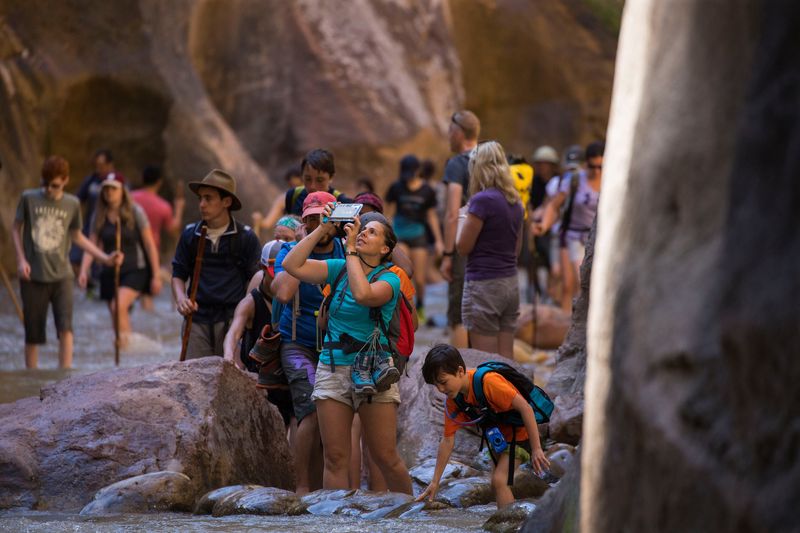
Shuttle buses packed tighter than sardine cans transport visitors through Zion’s narrow canyons. The famous Narrows hike has become a wet parade where solitude is just a memory.
Human waste problems plague the backcountry as unprepared hikers venture into wilderness areas without proper planning. River ecosystems suffer from soap residue and contamination.
Rock climbing routes show visible wear from thousands of hands and feet, while rare desert plants get trampled by photographers seeking the perfect Instagram shot.
Yellowstone National Park, Wyoming/Montana/Idaho
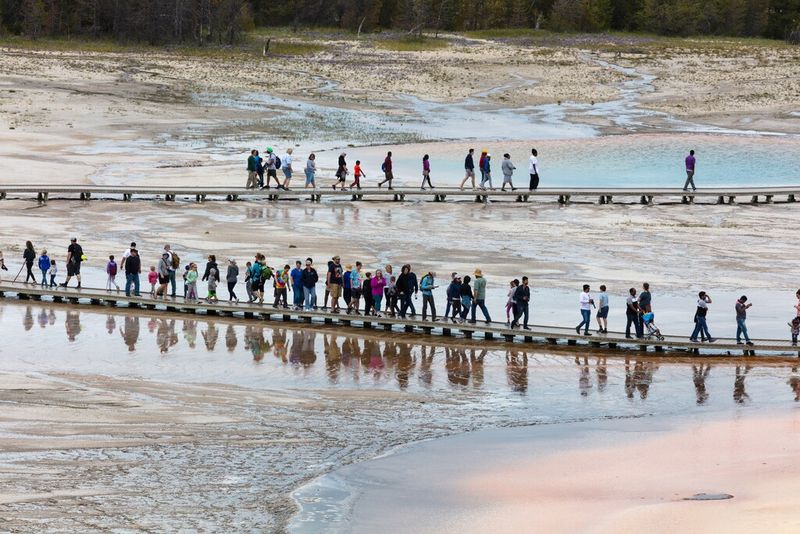
Thermal features that took thousands of years to form face destruction from thoughtless visitors. Coins, trash, and even clothing items clog delicate hot springs, altering their chemistry forever.
Bison jams create dangerous situations as tourists approach these massive animals for photos. Wildlife stress levels increase dramatically during peak season, affecting feeding and breeding patterns.
Campgrounds resemble small cities with generators humming all night, destroying the natural quiet that many species depend on for survival and reproduction.
Arches National Park, Utah
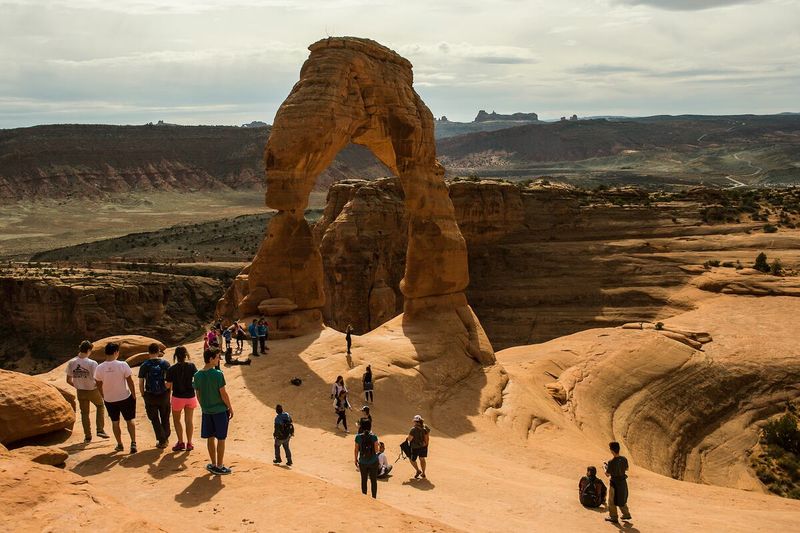
Delicate Arch, Utah’s most famous landmark, sits surrounded by crowds from sunrise to sunset. The fragile sandstone shows visible erosion from millions of footsteps each year.
Cryptobiotic soil crusts, which take decades to form in desert environments, get pulverized by off-trail hiking. These living communities prevent erosion and support desert plant life.
Graffiti and carved initials mar ancient rock formations, while flash photography potentially damages petroglyphs that have survived for thousands of years in this harsh environment.
Grand Canyon National Park, Arizona
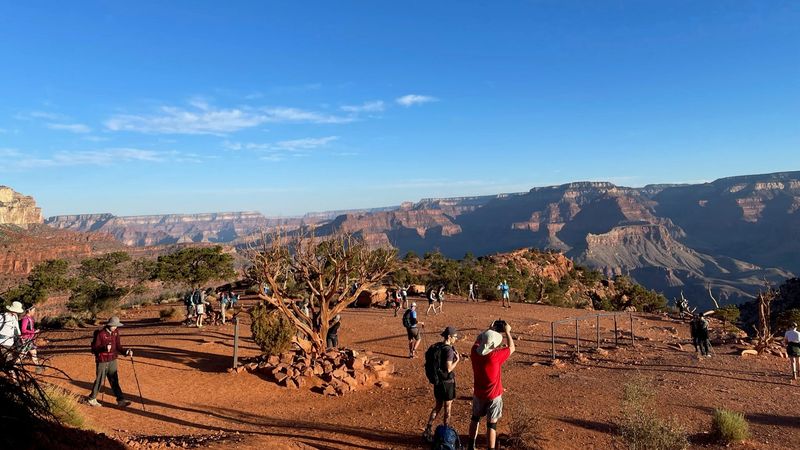
Rim trails designed for peaceful contemplation now resemble busy sidewalks. Visitors lean over safety barriers while helicopter tours buzz overhead, destroying the canyon’s natural silence.
Mule deer and elk alter their behavior patterns to avoid human contact, leading to nutritional stress and reduced breeding success. Water sources become contaminated with sunscreen and food waste.
Emergency rescues increase dramatically as unprepared hikers attempt dangerous trails, straining park resources and putting rescue teams at risk in this unforgiving desert environment.
Glacier National Park, Montana
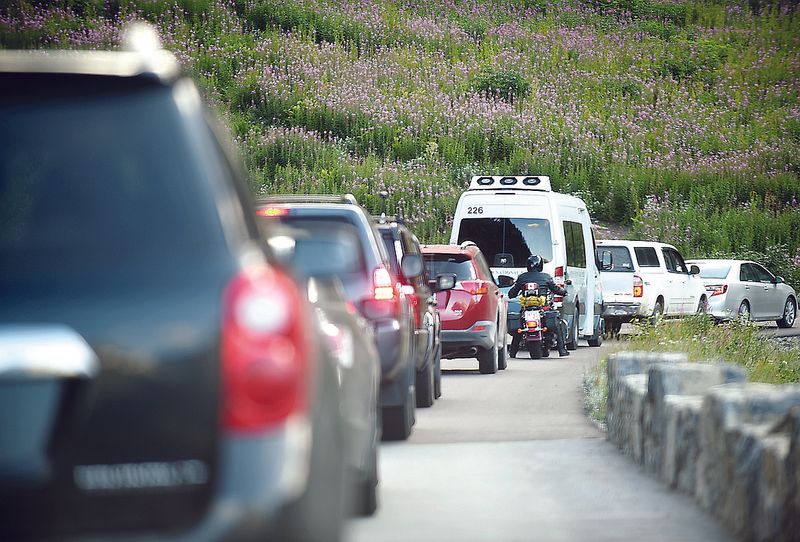
Going-to-the-Sun Road experiences traffic delays that stretch for hours, trapping wildlife and preventing normal migration patterns. Mountain goats and bighorn sheep avoid traditional routes due to constant human presence.
Alpine meadows suffer irreversible damage as hikers create shortcuts between switchbacks. Rare wildflowers that bloom for just weeks each year get trampled by impatient photographers.
Backcountry campsites show severe impact from overuse, with soil compaction and vegetation loss that takes decades to recover in this harsh mountain climate.
Rocky Mountain National Park, Colorado
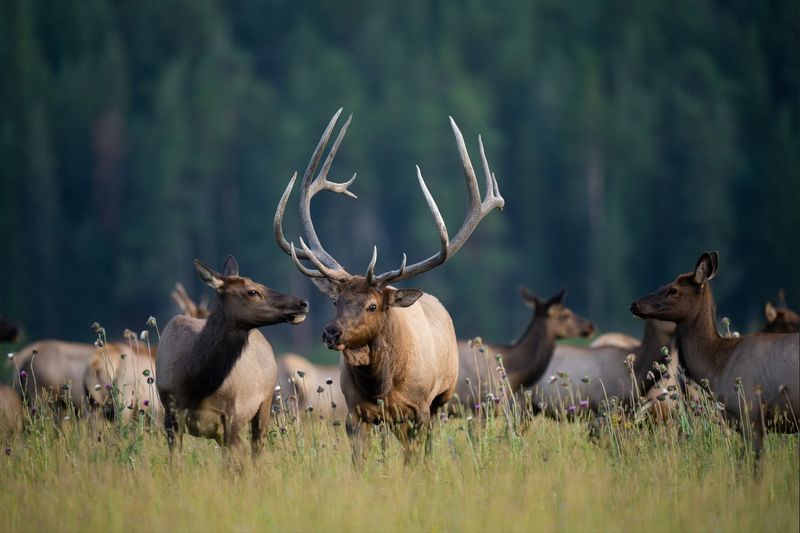
Elk bugling season transforms into a paparazzi frenzy as photographers surround rutting bulls with telephoto lenses. This disrupts natural mating behaviors and stresses animals during their most vulnerable time.
High-altitude tundra plants, some over 100 years old, get destroyed by a single footstep. Visitors create informal trails across fragile ecosystems that take centuries to establish.
Parking lots overflow onto roadside vegetation while trail erosion accelerates from constant foot traffic on steep mountain slopes throughout the busy summer season.
Banff National Park, Canada
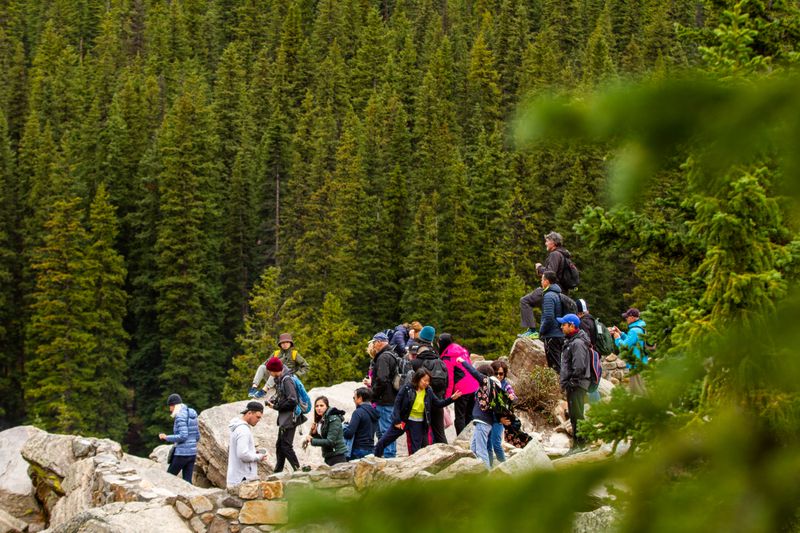
Nestled in the heart of the Canadian Rockies, Banff National Park is a victim of its own popularity. With its stunning landscapes, it’s no wonder visitors flock here. But, the influx is causing harm. The fragile ecosystem is struggling with the constant human activity. Littering and trail erosion are pressing issues. Rangers emphasize the importance of responsible tourism. They urge visitors to follow marked trails and carry out all waste. By doing so, you help preserve the park’s beauty for future generations. The park’s rich biodiversity depends on our mindful actions.
Plitvice Lakes National Park, Croatia
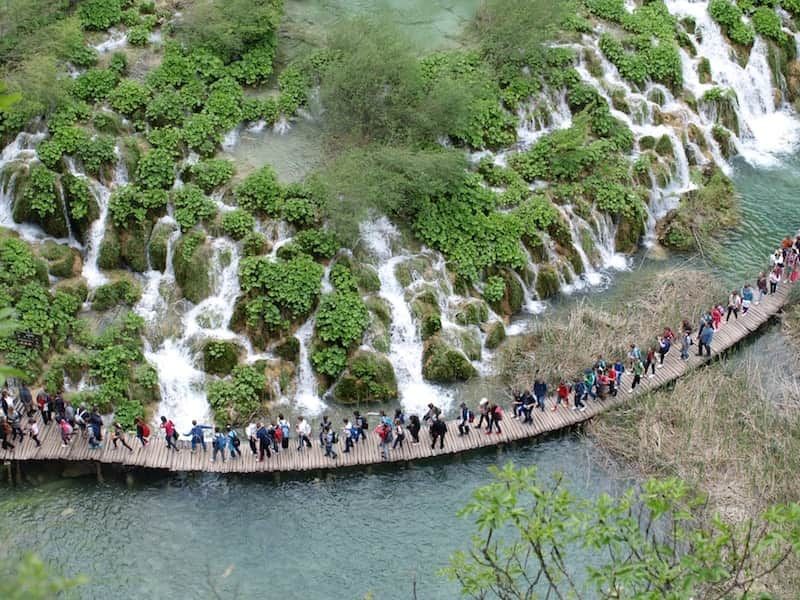
Plitvice Lakes National Park is a mesmerizing spectacle of cascading lakes and waterfalls. Its beauty attracts millions, leading to overcrowding challenges. Boardwalks are often thronged with tourists, impacting the park’s tranquility. The lakes’ clear waters are sensitive to pollution, necessitating careful visitor behavior. Rangers encourage off-peak visits to lessen the environmental footprint. They also promote sustainable practices, like using eco-friendly products. By respecting the park’s delicate environment, we ensure its continued splendor. The harmony of water and forest is a treasure worth preserving.
Torres del Paine National Park, Chile
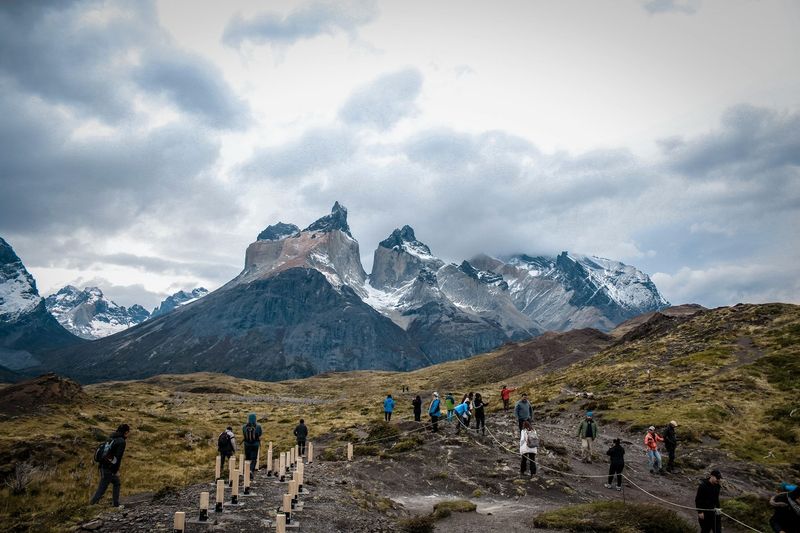
Torres del Paine, with its dramatic landscapes, is a magnet for adventure seekers. However, the park’s trails and campsites are often overrun. This influx threatens its pristine wilderness. Rangers highlight the need for conservation efforts. They recommend visiting during shoulder seasons. This helps alleviate pressure on the park’s resources. Responsible hiking and camping practices are vital. By minimizing waste and following guidelines, visitors contribute to the park’s preservation. The stunning vistas and unique wildlife are treasures to be cherished responsibly.
Jiuzhaigou Valley National Park, China
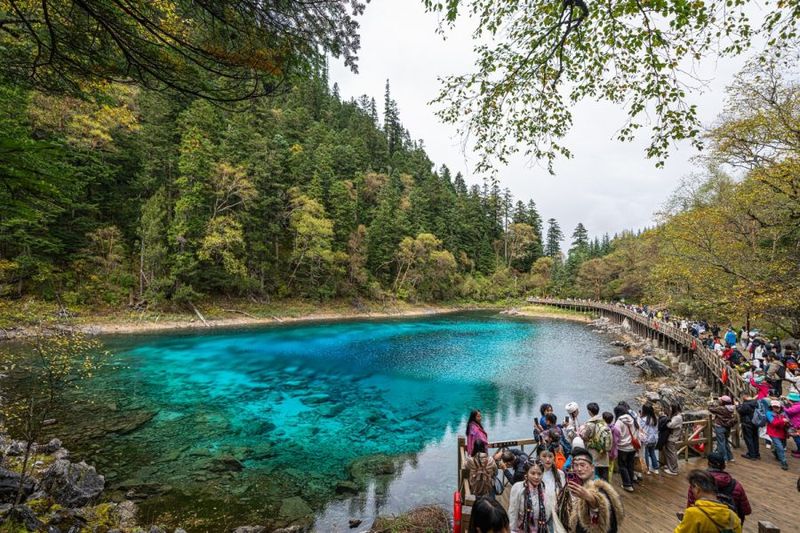
Jiuzhaigou Valley is famed for its multi-colored lakes and rich ethnic culture. Yet, its fame brings challenges. The park faces severe overcrowding, impacting its fragile environment. Rangers stress the importance of regulated visits. They urge tourists to follow park rules diligently. Visiting during off-peak times can aid in reducing human impact. Preservation of its unique landscapes and cultural heritage is crucial. By adopting thoughtful travel practices, visitors can help maintain the valley’s enchanting beauty. The park’s vibrant colors and traditions are a testament to nature’s artistry.
Fiordland National Park, New Zealand
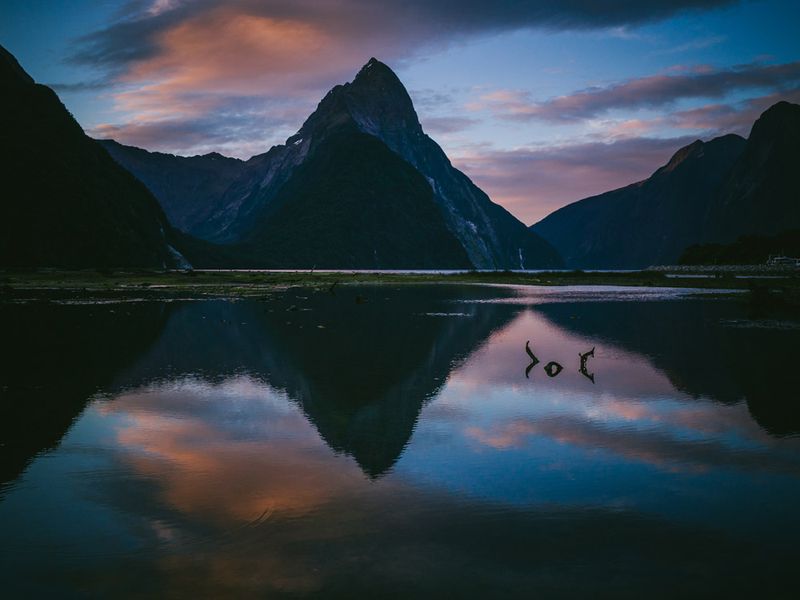
Fiordland, a realm of fjords and rainforests, faces increasing visitor numbers. The park’s remote beauty is under threat from over-tourism. Delicate ecosystems here require careful protection. Rangers advocate for eco-conscious travel. They suggest exploring less-trafficked areas to ease congestion. Sustainable tourism practices are essential. By supporting local conservation efforts, visitors play a part in preserving this paradise. The stunning fjords and rich biodiversity are treasures worth safeguarding. Visitors are encouraged to be stewards of this natural wonder.
Saxon Switzerland National Park, Germany
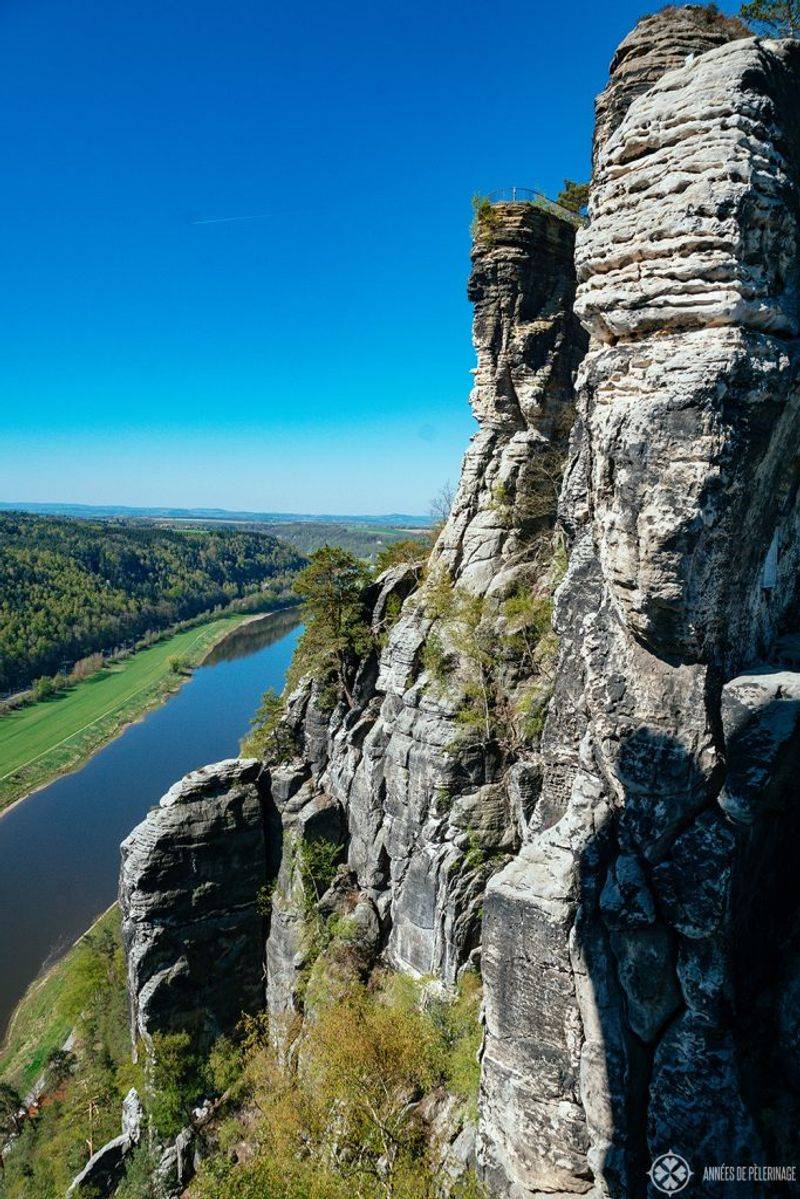
Saxon Switzerland’s distinctive sandstone cliffs are a sight to behold. Unfortunately, its popularity is leading to environmental degradation. The park’s ecosystems are suffering from heavy foot traffic. Rangers urge adherence to designated paths. This minimizes habitat disruption. Promoting awareness about sustainable practices is key. Visitors are encouraged to explore during less busy times. By doing so, they help protect the park’s geological wonders. The breathtaking vistas and unique rock formations are natural marvels deserving of care. Responsible tourism ensures their preservation.
Cinque Terre National Park, Italy
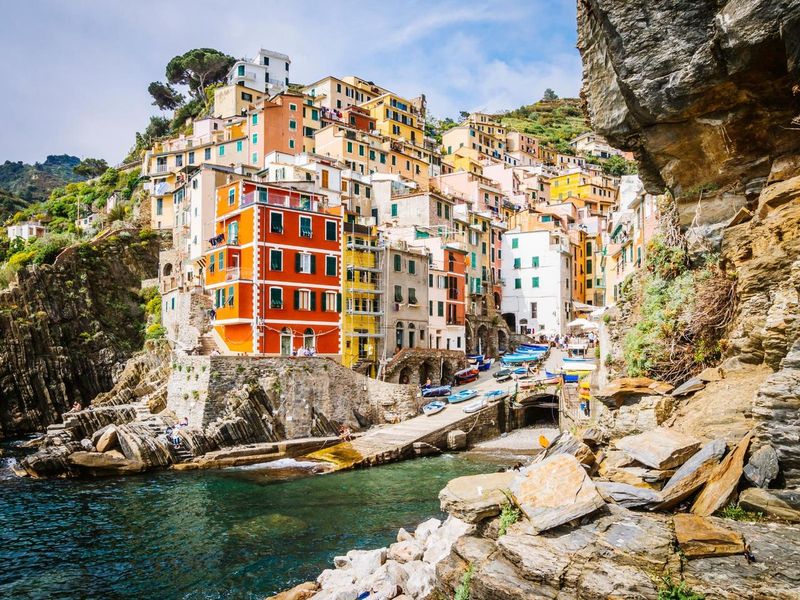
Cinque Terre, with its picturesque villages, is a UNESCO World Heritage site facing overcrowding issues. The narrow paths and fragile coastal ecosystem are at risk. Rangers stress the importance of visitor regulation. Adopting sustainable travel habits is vital. Travelers are urged to respect local guidelines and timing restrictions. By doing so, they contribute to the preservation of its cultural and natural beauty. The harmonious blend of human settlement and natural landscape is delicate. Protecting this balance is essential for future enjoyment.
Komodo National Park, Indonesia
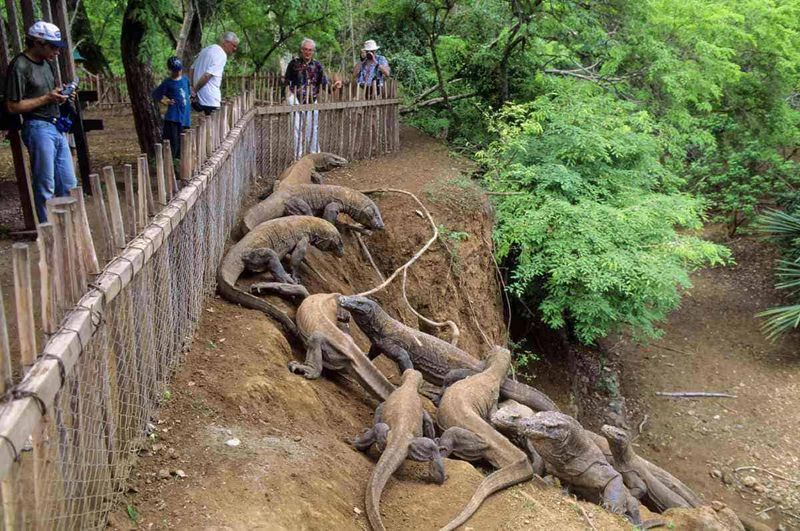
Home to the famous Komodo dragons, Komodo National Park is a unique conservation area. However, rising tourist numbers pose threats to its biodiversity. Rangers emphasize the importance of respectful wildlife observation. Visitors are encouraged to maintain safe distances from the dragons. Supporting conservation initiatives is crucial. By choosing eco-friendly tours and accommodations, travelers aid in preserving the park’s integrity. The dragon’s ancient presence and the park’s marine life are precious. Mindful tourism ensures the survival of these wonders.
Tatra National Park, Poland/Slovakia
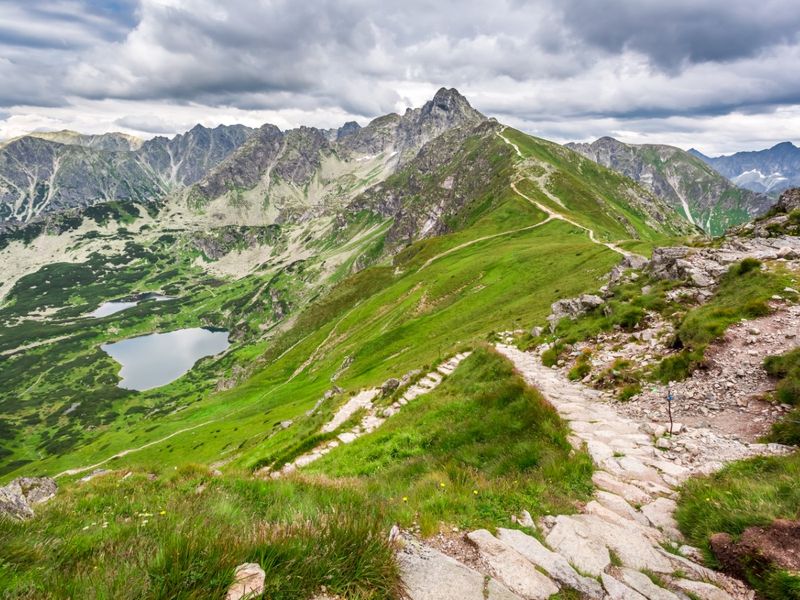
The Tatras, shared by Poland and Slovakia, are known for their alpine scenery. Yet, over-tourism is a growing concern. The park’s ecosystems are stressed by excessive visitors. Rangers call for responsible hiking practices. Staying on marked trails helps preserve flora and fauna. Off-peak visits are encouraged to balance tourist flow. By adopting sustainable habits, visitors contribute to the park’s longevity. The dramatic peaks and serene meadows are a natural symphony worth protecting. Collective efforts ensure their enduring charm.
Phong Nha-Ke Bang National Park, Vietnam
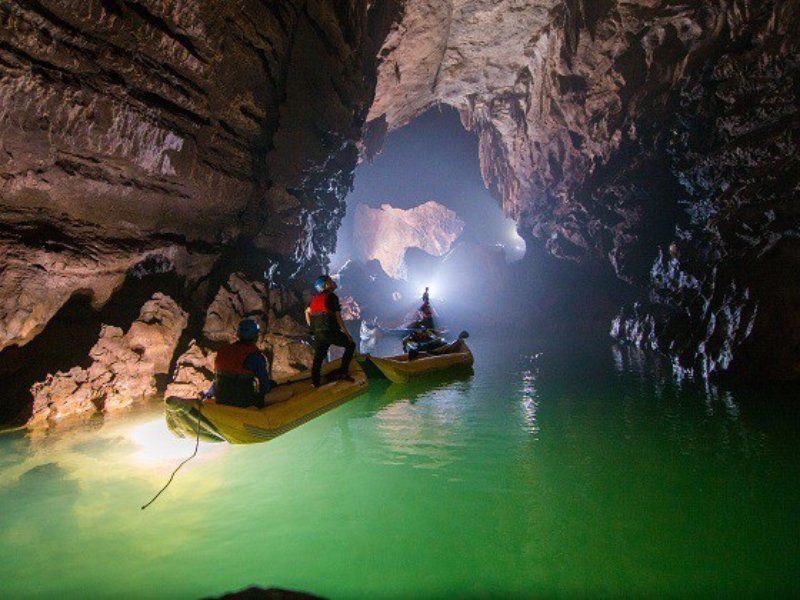
Phong Nha-Ke Bang is celebrated for its caves and karst landscapes. However, its delicate ecosystems are vulnerable to over-tourism. Rangers stress the importance of conservation education. Guided tours are designed to minimize environmental impact. Visitors are urged to support local conservation projects. The park’s caves, like Son Doong, are geological marvels that require protection. By following eco-friendly guidelines, travelers help preserve its natural wonders. The park’s unique features and rich biodiversity are invaluable. Responsible tourism is essential for their continued existence.

